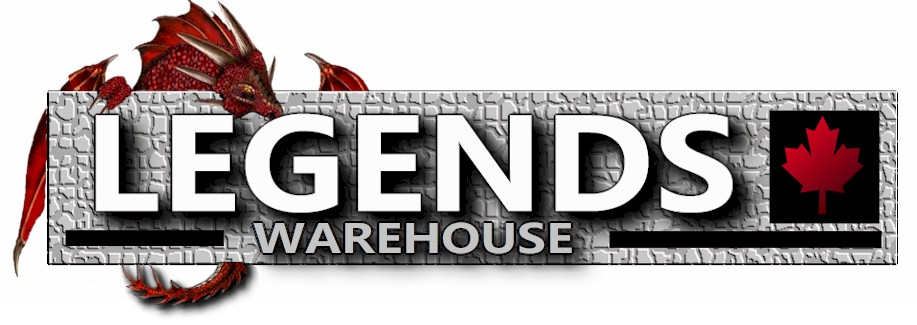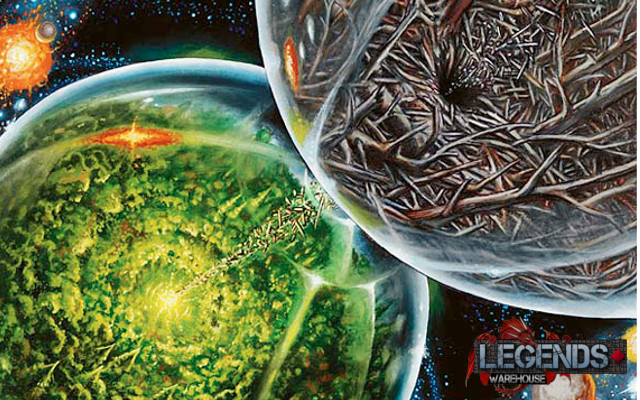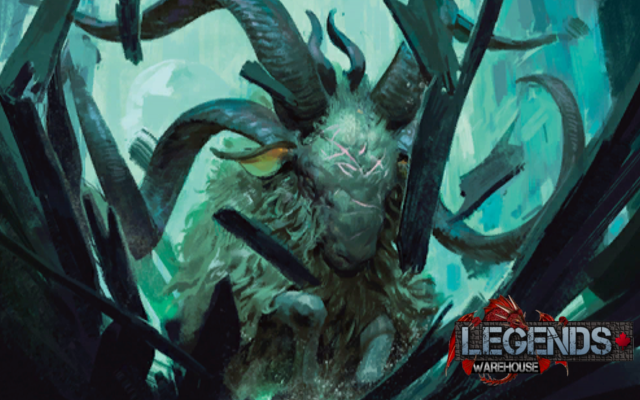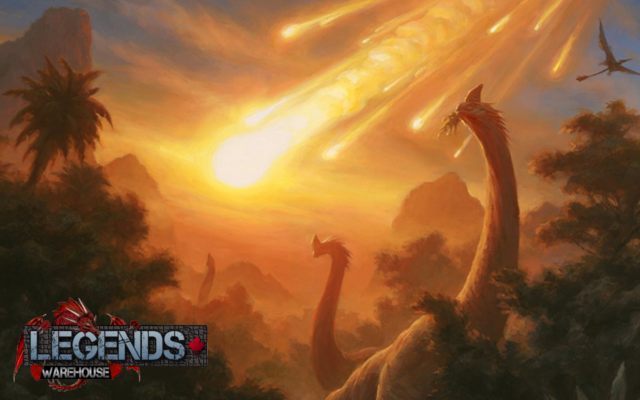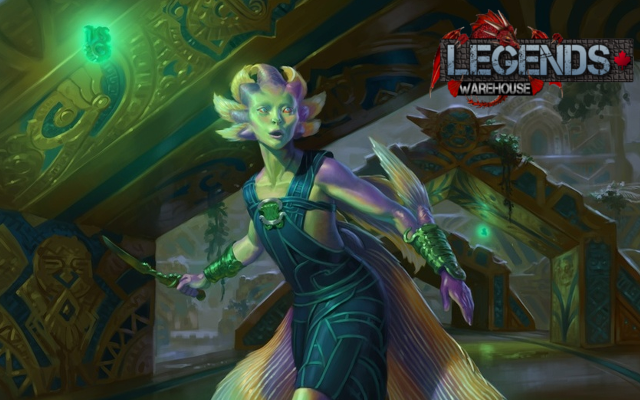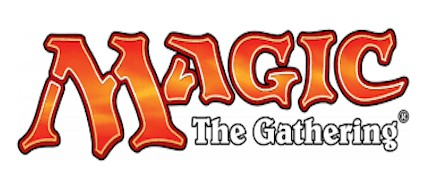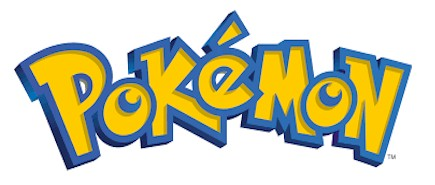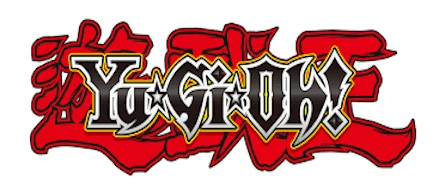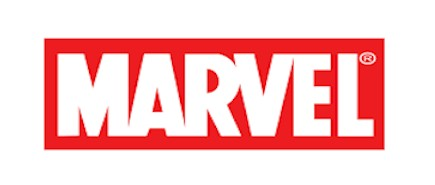Core (Set) Value
- Legends Warehouse News
- 27 Jun, 2018
Core sets have always been an invaluable tool for reprinting cards. They keep the cost of staple cards down by making more copies available, and can even be used to introduce previously non-Modern legal cards into the format, such as Rancor. Most importantly, they do it in a way that allows WotC to free up more space in other sets. While getting Goblin Warchief in Dominaria and Opt in Ixalan were neat ways to get them into Modern, if core sets were still around at the time, who knows what other cards could have filled those slots? While core sets are typically aimed at newer players, there’s a whole slew of reprints in Core 2019 that have made even the most established players excited.
Omniscience is one of those cards that screams “break this”. Casting your spells 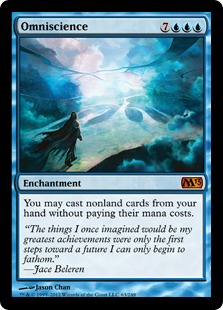 for free is ludicrously powerful, and it’s an effect that has been put to good use in everything from Standard to Legacy to Commander. However, because of its one-time printing aside from a masterpiece, the demand for Omniscience pushed its price well above what a lot of casual players were willing to pay. With another printing, the price of this formerly $30+ card is settling to roughly where it should be: still worth more than the price of a couple of packs, but not so much that you’d have to reconsider running it to begin with. And who knows? Back in M13 Standard there were ridiculous ramp decks capable of firing off Omniscience as early as turn 6, so I look forward to seeing what happens in a Standard where you could reliably ramp into Zacama, Primal Calamity if you put your mind to it.
for free is ludicrously powerful, and it’s an effect that has been put to good use in everything from Standard to Legacy to Commander. However, because of its one-time printing aside from a masterpiece, the demand for Omniscience pushed its price well above what a lot of casual players were willing to pay. With another printing, the price of this formerly $30+ card is settling to roughly where it should be: still worth more than the price of a couple of packs, but not so much that you’d have to reconsider running it to begin with. And who knows? Back in M13 Standard there were ridiculous ramp decks capable of firing off Omniscience as early as turn 6, so I look forward to seeing what happens in a Standard where you could reliably ramp into Zacama, Primal Calamity if you put your mind to it.
The next big reprint that I absolutely must talk about is Scapeshift. This is yet another insanely expensive card for the sake of it being a 4-of in a popular Modern deck with just a single printing. As such, Scapeshift’s price skyrocketed to well over $60 at its peak. When all you have to do is play three ramp spells and a Scapeshift to win the game, it makes total sense that demand for the card would increase. While the deck has somewhat fallen off the radar as Modern has both sped up and gotten better tools for control decks, the announced reprint of its eponymous card has caused a rejuvenation, as more people can now suddenly afford to build the deck. While I doubt Scapeshift will have an impact on Standard outside of a few fringe decks built around Tatyova, Benthic Druid, I expect to see an influx of Scapeshift players at Modern tables for some time to come.
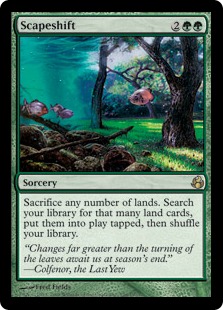
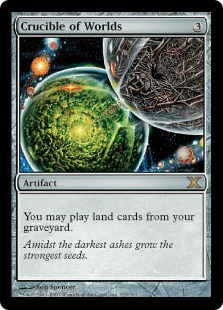
Every time they reprint a huge card, collectors get nervous. Cards in high demand that see play in multiple formats can command a hefty price tag, and when they haven’t been printed in nearly a decade, that only steepens the cost. By that logic, Crucible of Worlds was a fairly safe investment as it sees play in every Eternal format from Modern to Vintage and hasn’t seen regular circulation since 10th Edition. Once Crucible was spoiled in Core 2019, Commander players collectively lit up, as if a huge weight was lifted from their shoulders. This was the card that would get them to buy boxes just for the opportunity to open a copy. Furthermore, reintroducing Crucible into Standard offers a variety of decks a new tool to work with, especially while deserts are still legal. Being able to recur Ipnu Rivulet every turn can actually become a viable win condition in UW Control, much like how Nephalia Drownyard was back in Innistrad, and even something simple like using Field of Ruin over and over can punish greedy manabases and offer answers to Search for Azcanta. Crucible of Worlds is a welcome reprint, and I see this sudden increase in availability having a huge impact for slower, grinding decks in multiple formats.
Another peculiar reprint in Core 2019 is Magistrate’s Scepter, a card previously only printed in Mercadian Masques. This one sticks out in my mind since not only is it another means of taking additional turns, it’s a repeatable one since you only have to remove three charge counters to get the extra turn. I see some applications in Modern as both Mirrodin and Scars of Mirrodin blocks have a multitude of cards that care about putting counters on artifacts, be they cards like Coretapper and Energy Chamber, or even the various proliferate effects. With enough of these in place, you could create an even faster version of the Taking Turns deck, although it requires more moving pieces to get going. For Standard, I can even see this getting played in Winding Constrictor decks since everyone’s favourite snake will give the Scepter an extra counter when it’s activated. This may end up being a totally benign addition to Modern, but there is some serious potential.
only printed in Mercadian Masques. This one sticks out in my mind since not only is it another means of taking additional turns, it’s a repeatable one since you only have to remove three charge counters to get the extra turn. I see some applications in Modern as both Mirrodin and Scars of Mirrodin blocks have a multitude of cards that care about putting counters on artifacts, be they cards like Coretapper and Energy Chamber, or even the various proliferate effects. With enough of these in place, you could create an even faster version of the Taking Turns deck, although it requires more moving pieces to get going. For Standard, I can even see this getting played in Winding Constrictor decks since everyone’s favourite snake will give the Scepter an extra counter when it’s activated. This may end up being a totally benign addition to Modern, but there is some serious potential.
Weenie decks are poised to get a serious power boost between Benalish Marshal in Dominaria and Core 2019 bringing back Mentor of the Meek and Ajani’s Pridemate. Mentor was a key piece of the aggro puzzle back in Innistrad as it allowed aggro players to maintain their momentum and not run out of gas against midrange and control decks. Ajani’s Pridemate, on the other hand, was a massive beatstick in the old Soul Sisters decks. Now that the Vampires of Ixalan have decided to branch out into White and focus on lifelink, these two reprints are set to be key players should the archetype start to see more play.

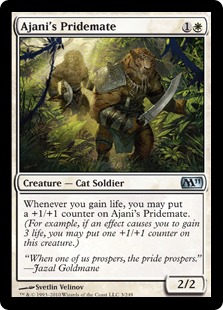
Amonkhet block is only in Standard alongside Core 2019 for a few short months, but Death Baron and Diregraf Ghoul will be around long enough to potentially revive the Zombie aggro archetype that saw play back when Shadows Over Innistrad was still legal. Amonkhet still has two other lords in Lord of the Accursed and Liliana’s Mastery as well as threats all along the mana curve. Moreover, because Death Baron grants deathtouch to your other zombies, it can be incredibly difficult for larger decks to attack through. One of the tried and true means of beating zombies was to keep punching with bigger creatures, but when your tokens are trading with Ripjaw Raptor and Gearhulks, it can quickly turn the tides in your favour. Zombies was an aggressive powerhouse in its heyday, so it wouldn’t be far fetched for Plague Belcher and company to get one last send off.
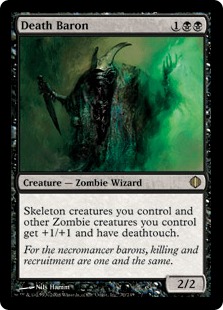

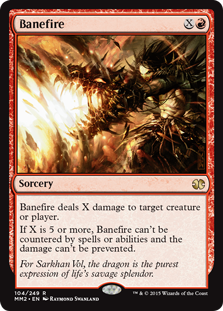
Control has seen a considerable uptick in popularity with Teferi, Hero of Dominaria recently, so it stands to reason that they would print some answers to it. Banefire is hardly the flashiest Fireball variant, but it’s certainly one of the best against control decks. As long as you’re jamming enough mana into Banefire to deal five or more damage it can’t be countered or prevented, which gives a tremendous boost to midrange decks that look to chip in early then finish the opponent off with a volley of burn spells and large threats. Banefire being uncounterable basically forces the opponent to have Commit in hand, otherwise it’s going to connect for lethal. The main drawback I see Banefire having is that there really isn’t much of a home for it in midrange right now, as these decks would most likely prefer to just attack with Glorybringer or use Chandra, Torch of Defiance. However, should a ramp/midrange deck arise, most likely either using dinosaurs or Grand Warlord Radha, Banefire will definitely have a place.
The last two cards I want to discuss are Reclamation Sage and Reliquary Tower, two incredibly powerful and versatile uncommons that have shaped metagames in the past. Reclamation Sage was an on-curve means of destroying artifacts and enchantments in the same position Thrashing Brontodon currently enjoys. In a Standard format of Search for Azcanta, Seal Away, and Heart of Kiran, Reclamation Sage is borderline maindeckable in Green decks right now, and trading with an opposing Ahn-Crop Crasher gives it extra value in matchups where its ability is subpar. This makes it a far better inclusion in Green decks than say, Naturalize, since having a body gives it far more flexibility than being an instant.

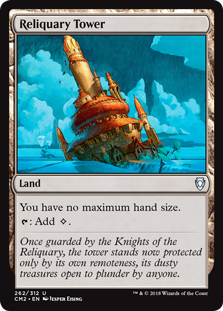
Reliquary Tower is a staple card that has seen play in Commander as well as every Standard it has been in. This is because Tower technically functions as a spell without taking up a spell slot in your deck. One of the most frustrating aspects of playing control decks, especially ones as answer-heavy as the ones in the current Standard, is that you eventually draw too many cards. With just one Reliquary Tower in play, this is no longer and issue, so you can use Pull from Tomorrow and draw copious amounts of cards as often as you want. No maximum hand size gives you an edge in mirrors as you can just stockpile more counters than your opponent, so you can sit back with an increasingly large grip of cards while you run your opponents out of resources. For example, in a control shell centered around looping Ipnu Rivulet with Crucible of Worlds, you’re going to keep drawing lands your otherwise couldn’t use, so this way you get to play the additional mind game of bluffing even more counterspells. On top of all that, Reliquary Tower sees play in hundreds of different Commander decks, so having more copies available is a massive boon for Commander players everywhere.
Core 2019 is a much welcomed return to form for Magic. In addition to plenty of new and fascinating cards, we have several reprints of cards that will likely shape Standard and Modern for some time to come. While the impact these cards will have is still purely speculative, suffice to say that the variety of effects and sheer power level of some of these cards will most likely warp things by either supporting existing archetypes or injecting some new life into fringe strategies. Either way, this is easily the most excited I’ve been for a core set since Magic 2012, and I eagerly look forward to seeing how things shape up after the set is released.
